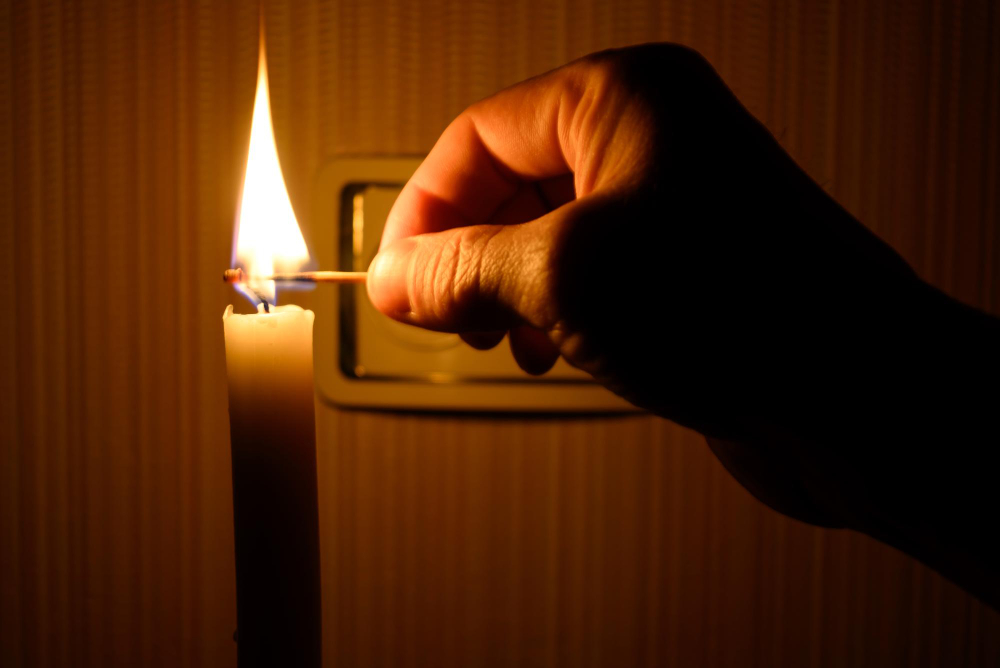#1: Check for General Power Outage
First, determine if the power outage is widespread or limited to your location. Check if your neighbors or nearby buildings are also experiencing a power outage. This will help you assess the situation and understand if it’s a local or larger-scale issue.
#2: Report the Power Outage
If you confirm that it’s a widespread power outage, report it to your local utility company. Use their designated phone number or online reporting system to inform them about the outage. This will help them track and prioritize restoration efforts.
#3: Preserve Refrigerated and Frozen Food
Minimize the opening of refrigerators and freezers to keep perishable food items fresh for as long as possible. Keep refrigerator and freezer doors closed to maintain the cold temperature. Consider using coolers with ice or ice packs for essential items.
#4: Use Alternative Lighting Sources
If it’s dark, use flashlights, battery-powered lanterns, or LED candles for lighting. Avoid using open flames, such as candles, as they pose fire hazards. Ensure you have extra batteries or alternative power sources available for extended outages.
#5: Unplug Appliances and Electronics
To prevent damage from power surges when the electricity returns, unplug sensitive electronics, appliances, and other devices. This will help protect them from potential power fluctuations or electrical surges.
#6: Conserve Battery Power
Use electronic devices sparingly to conserve battery power. Lower the brightness settings on phones, tablets, and laptops. Avoid unnecessary usage and prioritize communication needs in case of emergencies.
#7: Stay Warm or Cool
Depending on the weather conditions, take appropriate measures to stay warm or cool. Layer clothing and use blankets during colder temperatures. Open windows or use fans for ventilation during hot weather. Avoid extreme temperature exposure if possible.
#8: Avoid Opening Garage Doors
If your garage has an electric door opener, avoid opening it during a power outage. Opening the door manually may be challenging, and it’s safer to leave vehicles inside until power is restored. Ensure there is enough ventilation in the garage if needed.
#9: Be Cautious with Generators
If using a generator, follow manufacturer’s instructions and safety guidelines carefully. Keep it outdoors in a well-ventilated area, away from windows and doors, to prevent carbon monoxide poisoning. Use appropriate extension cords and avoid overloading the generator.
#10: Stay Informed and Updated
Stay informed about the power outage through battery-powered radios, portable chargers, or other devices. Listen to local news updates or use online resources to get information about restoration progress and estimated recovery times.
#11: Check on Neighbors
Reach out to neighbors, especially those who may need assistance, such as elderly or vulnerable individuals. Offer support and check if they have any urgent needs or require help during the power outage.
#12: Prepare for Extended Outages
If the power outage is expected to be prolonged, prepare for extended periods without electricity. Stock up on non-perishable food, water, and other essential supplies. Consider alternative power sources, like a backup generator, if feasible and safe.
By following these numbered steps, you can navigate a power outage more effectively. Remember, your safety and well-being should always be the top priority. Stay informed, conserve resources, and be prepared for the duration of the outage.
